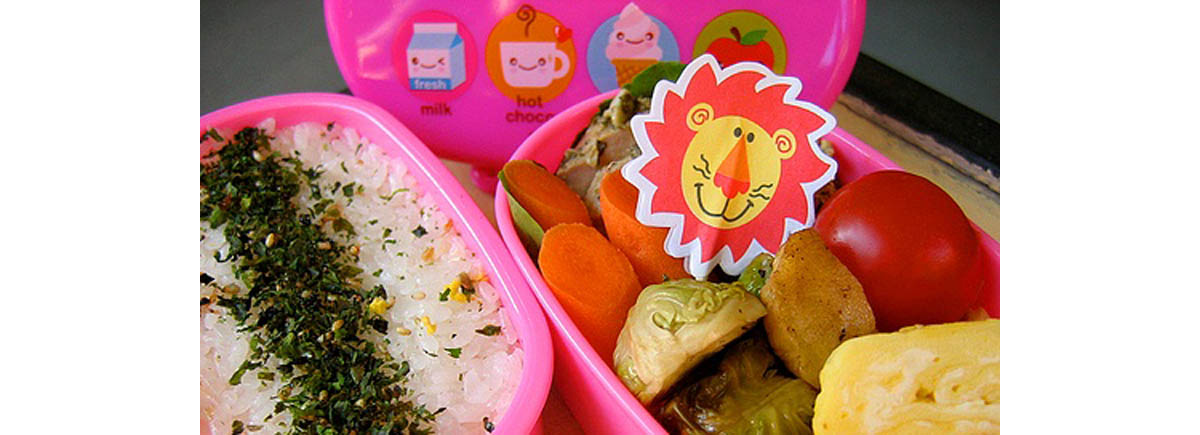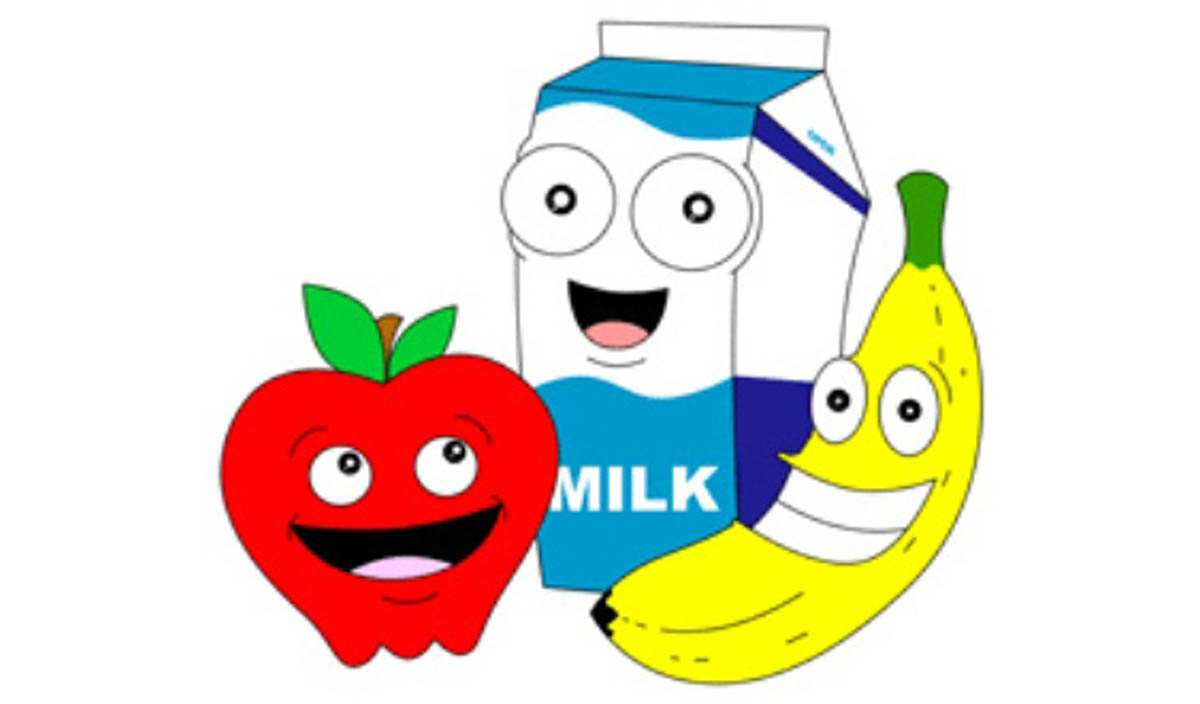Have you ever noticed how children flock to buy those burgers at fast food places just because they are getting a toy gift free along with it? Or even how they pester you to buy a totally useless mug — even if you already have mugs! — just because it has the face of their favorite cartoon character plastered on it? Scientists tell us that we should be more observant and learn a lesson from this. You’d be wondering what can be possibly learnt from these day to day kid’s hankerings? Well, surprisingly, a lot!

Observing this behavior that many kids do teaches us that children can be swayed to buy things with the help of cartoon characters.
Why do you think all the popular fast food chains always come with these free toys or a picture of a popular cartoon character? It is because fast food industries discovered this neat little trick to get more sales quite some time ago. Needles to say, it worked. It becomes no wonder that they resort to flashy advertising, bright packaging and of course, the staple free gifts included with every meal. That's not even to mention the fact that they slap all the most popular cartoon characters among children on nearly all of their packaging to lure the kids towards their products. If you are a parent, you'll know better than anyone that this trick is extremely effective because you had to deal with all the times your child begged you to buy something purely because a cartoon character was on it.
In a recent study published in the Archives of Pediatrics and Adolescent Medicine, researchers found that slapping cartoon characters on veggies and fruits can make them more appeasing to children and they can be tempted to eat them instead of munching on junk food.
For the study, David Just, co-director of the Cornell Center for Behavioral Economics in Child Nutrition Programs in Ithaca, New York, along with his colleagues enrolled 208 kids from suburban and rural schools. All the participating children were between eight and eleven years of age. The children were offered to choose an apple or a cookie or both, apart from their normal meal during lunch, for a period of one week.
On the first and the last day of the study, both the apple and the cookie were offered without any sticker. The scientists slapped cartoon stickers on the cookie or one day while on the other day, the apples were given with an Elmo sticker. On another day, the apple had an Elmo sticker whereas the cookie had a sticker of an unknown character. The choice of each child on each day was noted down.
The researchers noticed that when there were no stickers on either the cookie or the apple, 91% of the children preferred to have the cookie. Putting a sticker on the cookie did not make much difference as most of the children already knew that a cookie tastes good and therefore, opted for it. However, what was the most amazing part of this apple and cookie study was that when the apples had an Elmo sticker on it, 37% of the children opted for it instead of the cookie. The presence of a sticker with an unknown character made no difference to the number of children opting for an apple. The researchers concluded that slapping an Elmo sticker on the apple led children to nearly double their apple choice compared to the first day of the study when neither the cookie nor the apple was branded.
Branded Products In The Lunchroom May Effect Children’s Selection Of Food
On the basis of their results from the study, the researchers have concluded that branded products in the lunchroom may effect children’s selection of food. Using appealing cartoon characters on healthier food options may sway more children towards them. This sway is considerably more than the sway seen by children towards unhealthy snacks even if they are supported by cartoon characters.

Another study, carried out by Low and colleagues, found that the consumption of vegetables and fruits by children can be increased through interventions like cartoon videos, and use of rewards like stickers, pencils and erasers with a cartoon face slapped on them.
The study found that using these interventions had a significant effect on the choice of a child’s diet and the effect was sustained over time.
The importance of a healthy diet has been stated clearly in the World Health Organization’s 2003 report. According to it, the cancers of the oral cavity, esophagus, stomach and colo-rectum are all a result of a poor diet. The UK Government report, “Our Healthier Nation” suggests that almost one-thirds of all cancers are the result of a deficient diet. Consuming a diet rich in fruits and vegetables may solve many health problems of adulthood. It may reduce blood pressure, lead to a better management of diabetes, improve bowel function, and delay the development of cataract. Increase in fruit and vegetable consumption may also improve the fiber uptake and reduce the total fat intake.
In countries like the U.S. where obesity is rampant, promoting a healthy diet in children is also important as it helps in reducing obesity.
According to the WHO, ‘passive over-consumption’ of highly processed foods which are energy dense, e.g. fast foods are at least partially responsible for the sharp increase in the rate of obesity in the last two decades. Consuming ‘energy dilute foods’ such as vegetables and fruits, along with wholegrain cereals may help in reducing obesity.
Apart from the aforementioned reasons, healthy eating habits should be promoted in children as these habits once inculcated in childhood, tend to persist even in later life.
Keeping in mind the benefits of promoting a healthy diet in children, we should play a more pro-active role in making our children consume healthy food, rather than just coaxing them to do so. We should take a leaf out of the strategies adopted by the food companies and try to lure our children with the help of familiar favorite cartoon characters. Branding vegetables and fruits with stickers is definitely a good option. It is cheap and can even be tried at home. Apart from using stickers, experts have suggested associating fruits and veggies with stories linked to cartoon characters. Remember the times when our mothers made us eat spinach telling us it will help us develop muscles like Popeye. We too can be imaginative and cook similar stories. Giving funky and cool names to veggies can be another strategy. You can tell your child to eat a ‘cool cucumber’ to look ‘cool’ or have ‘brainy walnuts’ to be the most intelligent kid in the class.
Remember that a little extra effort on your part would go a long way in maintaining your child’s health. Isn’t this what all moms long for?
- “Cartoon stickers may sway kids' food choices”, by Genevra Pittman, published in the August 21, 2012 issue of Reuters Health, accessed on September 1, 2012.
- “Can Branding Improve School Lunches?” by Brian Wansink, et al, published online August 20, 2012 in the Archives of Pediatric & Adolescent Medicine, accessed on September 1, 2012.
- “Children and Healthy Eating: A systematic review of barriers and facilitators”, by Thomas J, et al, published in 2003, accessed on September 1, 2012.
- Photo courtesy of 81310432@N06 on Flickr: www.flickr.com/photos/81310432@N06/7448940676
- Photo courtesy of 81310432@N06 on Flickr: www.flickr.com/photos/81310432@N06/7448940748
- Photo courtesy of breeps on Flickr: www.flickr.com/photos/breeps/1470207022

